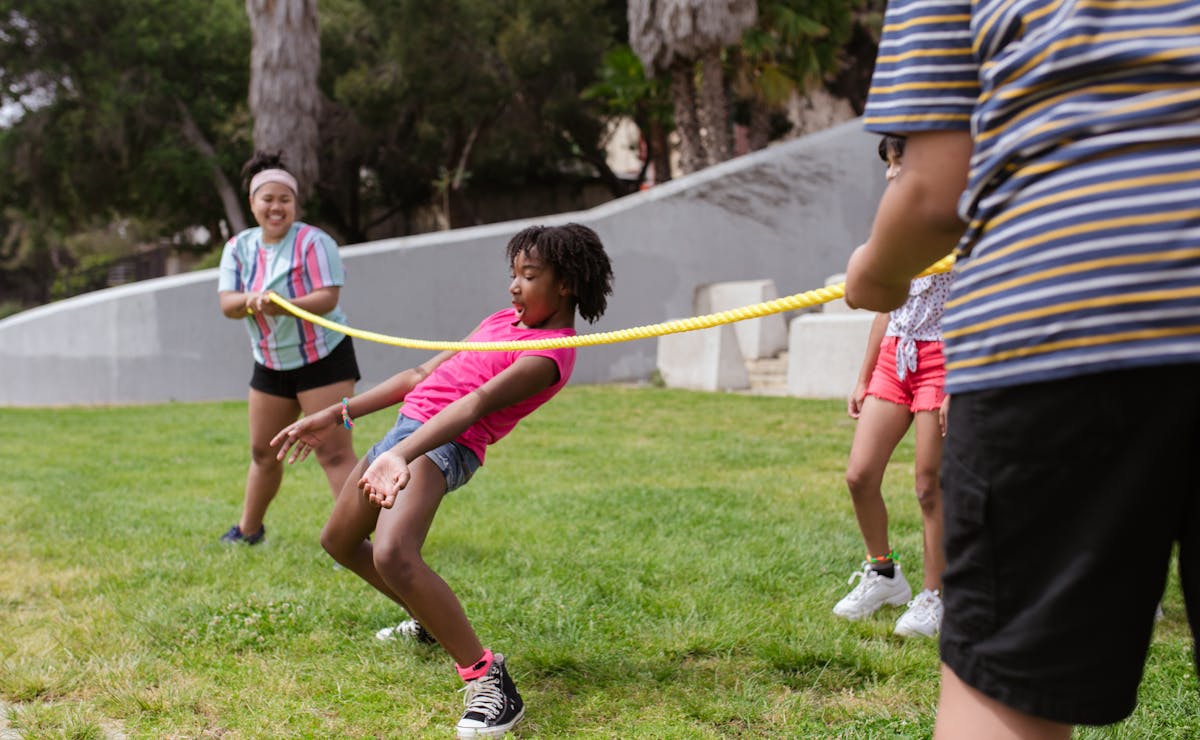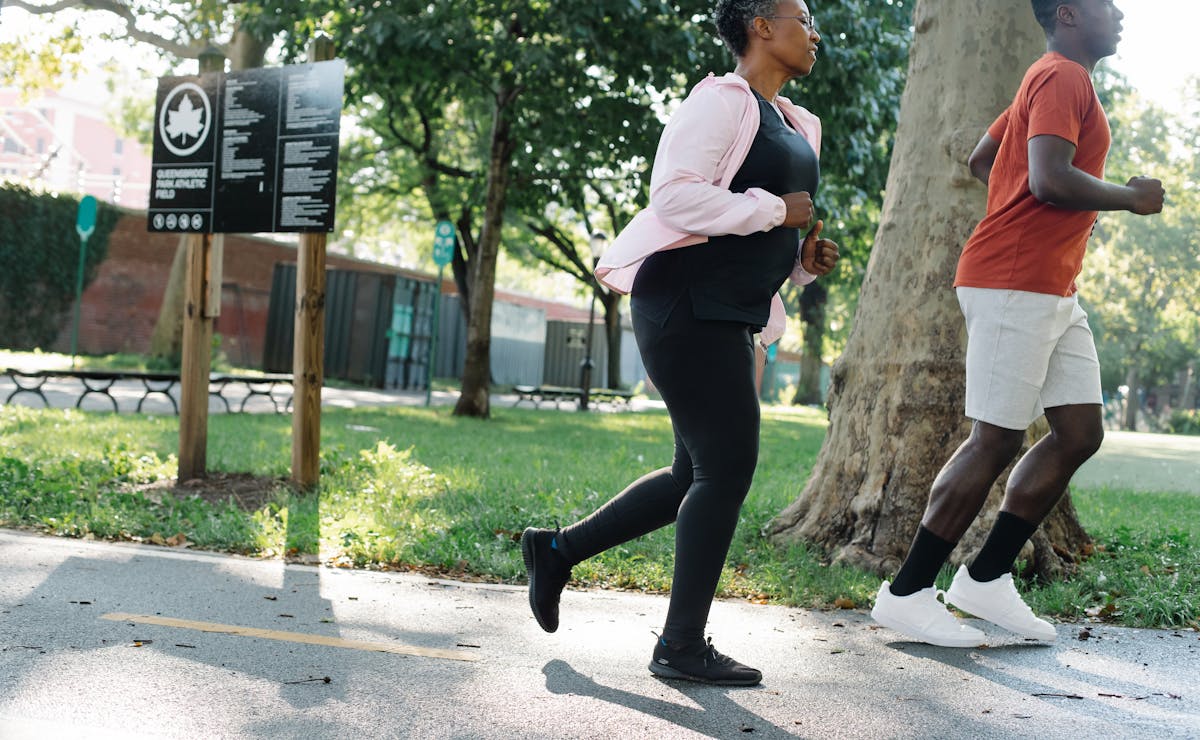Training to muscle failure is one of the most efficient methods for achieving results in bodybuilding, as the so-called concentric failure causes greater activation of muscle fibers, favoring hypertrophy, in addition to improving resistance and strength gain.
But all these results are not for nothing: this type of training is also one of the most challenging, requiring greater effort and mastery in executing the movement. Otherwise, you could get hurt!
And there is another important premise: you must know the method thoroughly to understand the advantages, precautions and best practices before including it in your exercise routine.
What is training to muscle failure?
Training to failure is when you reach your body’s limit within a set, resulting in the movement stopping. It’s basically your muscle telling you that you can’t continue, and then your brain reacts by temporarily “turning off” movement control to prevent you from injuring yourself.
Have you ever worked a specific muscle so much that it became fatigued and impossible to continue the movement? If the answer is yes, then you know that you have reached muscle failure!
It is possible to reach this point by training with a lot of weight, doing a high number of repetitions or reducing the cadence (speed) of the exercises, for example.
And there are some training variations that explore this limit zone, so take a look at this summary of the types of muscle failure in training!
- Concentric muscle failure: this is exactly the muscle’s effort limit, in which it becomes unable to respond on its own to the attempt to continue the movement.
- Eccentric muscle failure: this is when you continue a little further in the series, performing a partial execution of the movement, counting on someone’s help or using the support of other muscles (if the exercise is with the left arm and the right arm is used as support, for example) and only then reach total failure.
- Voluntary interruption: in this case, you identify that you are close to your limit and stop the movement before failing, such as completing the ninth repetition with great effort and finishing the series without attempting the tenth movement.
And if you’re thinking that only total failure will bring significant results in muscle gain, don’t worry! Studies analyzing practitioners who exercised to failure or close to it showed a very similar evolution in muscle mass gain .
In the most recent study, published this year in the Journal of Sports Sciences, male and female practitioners were observed over 8 weeks, totaling 16 workouts on the lower limbs, and the result, assessed by ultrasound, showed an increase of 6.96% in the thigh training to failure, and 6.98% training with one or two repetitions in reserve, that is, there are benefits in all these types of failure!
What are the benefits of practicing muscle failure?
Training to failure is very effective when the goal is hypertrophy , that is, gaining muscle mass, but it also favors some profiles of practitioners who are looking for a more optimized workout or who want to improve resistance.
Check out some advantages of this practice!
Boosts muscle growth
When exercise exceeds a certain intensity limit, muscle tension is increased, and the muscle consumes more energy, which increases protein synthesis in the muscle and the production of growth hormone, which contributes to that famous pump – the enhancement of the shape of the muscle under the skin.
Contributes to strength gain
This type of training also leads to fatigue of the motor units (the basic component of muscular activity), requiring your body to recruit more muscle fibers to provide strength for this exercise. Over time, this cycle will generate more efficiency in muscle demand and your strength will progress!
Increases muscular endurance
Training to failure can also help prepare people who practice different types of running or other high-performance sports, as it prepares the muscle for the great efforts it will face.
Optimizes training
Since training to failure maximizes muscle fatigue and this fatigue increases the demand for more rest, the workout becomes shorter and more spaced out. Great for those who have less time available to exercise.
Improves mental stamina
It’s not just your body that gets exercise, but your mind too! This type of training ends up motivating you to increase your level of demand in training, strengthening your ability to face challenges and overcome yourself.
Avoids the plateau effect
You know when you spend a lot of time practicing the same activity at the same pace and realize that you are no longer seeing results? This is the plateau effect, which disappears when you adopt a training program whose premise is precisely to always reach your maximum.
Is this your case? Don’t worry! The topic below explains whether the format is ideal for you.
Who is training to failure recommended for?
Before you go out there and demand so much from your muscles in search of results, be aware: the practice of training to failure is not recommended for beginners!
People who are sedentary or have a low level of training may not have their bodies prepared for the high intensity that this practice requires. Not to mention that it is necessary to know the exercise well, as a single incorrect execution can lead to accidents.
Therefore, ideally, training to muscle failure should be done by someone who already has more experience.
If this isn’t your case, start with regular training to gain practice, improve your physical fitness, and also learn how to perform the movements correctly. Even training at home can help!
If you fit into the experienced club, you can move on to the next topic!
How to Harness the Muscle Failure Method (Efficiently and Safely!)
When choosing this practice, be clear about your goals and take into account some valuable care and commitments to cultivate inside and outside the gym, which will boost your results.
By following the step-by-step instructions below, you can’t go wrong!
1. Choose low-impact, isolated exercises
Considering that the idea is to repeat the exercises until you run out of strength to continue, it is best to avoid those that pose any risk of accident, such as the weight falling on you.
Choose isolated exercises (which train only one muscle) with lower impact, such as extensions and pull-ups, which allow you to safely train to failure, and prioritize equipment with safety locks. If possible, count on a training partner to give you a little help if you need it.
2. Alternate with other practices
You don’t have to do failure on every exercise in every workout! Consider alternating the days you do this type of exercise, for example, alternating with less intense exercises or other methods, to balance the muscular stimulus and avoid overload.
Another alternative to starting is to perform only the last exercise of a set to failure. For example, in a four-rep leg extension set, train to failure only on the fourth set.
3. Prioritize correct execution
Just by changing your workout and doing a new exercise, it’s common to feel sore the next day, right? Imagine demanding the most from your muscle, and worst of all, doing it incorrectly!
Take it easy to avoid injury and prioritize technique! Only go to failure when you have mastered the exercise and are performing the movement correctly. In addition to unwanted muscle pain , you will also avoid accidents and injuries in the long term.
4. Don’t forget to stretch
Speaking of muscle soreness, don’t skip stretching if you want to avoid it! Take a few minutes to prepare your muscles and joints before you hit the gym.
This habit will promote greater flexibility and range of movement, in addition to increasing blood circulation in the muscles, facilitating the delivery of oxygen and nutrients during exercise.
After training, stretching also helps to relieve muscle tension and promotes recovery.
5. Take care with your diet
You’ve already learned that training to failure will require more energy from your muscles, something you can guarantee with a healthy diet.
It is important to ensure that your body receives all the nutrients it needs to replenish energy and also to cope with the muscle recovery that training will require. Considering the increased calorie expenditure, it is worth diversifying your carbohydrate sources and maintaining a balanced diet : in addition to carbohydrates, opt for lean proteins, healthy fats, vitamins and minerals.
6. Rest: Rest is as important as exercise
More intense physical activity also requires more rest! This is because rest is the main time for physical repair, in which the body regenerates tissues and releases hormones that are essential for muscle growth.
If you don’t get enough rest, your body will be in recovery deficit, leading to overtraining . In addition to affecting the efficiency of your next workout, this can also lead to chronic fatigue, insomnia, affect your immunity, and have other health consequences.
In this sense, it is worth paying attention to signs of excessive fatigue or prolonged muscle pain, to adjust the frequency of training if necessary.
Oh, and rest doesn’t just mean the interval between workouts, okay? It’s really important to get quality sleep!
7. Seek professional guidance
Just because your friend does a certain type of training to failure doesn’t mean his or her training will be good for you too! The best thing to do is to seek the support of a Physical Education professional to structure your training according to your profile, limitations and goals.
He will have the knowledge and experience to carry out an adequate physical assessment , in addition to guiding, correcting execution and assisting in the progression of load in a safe and efficient manner.



